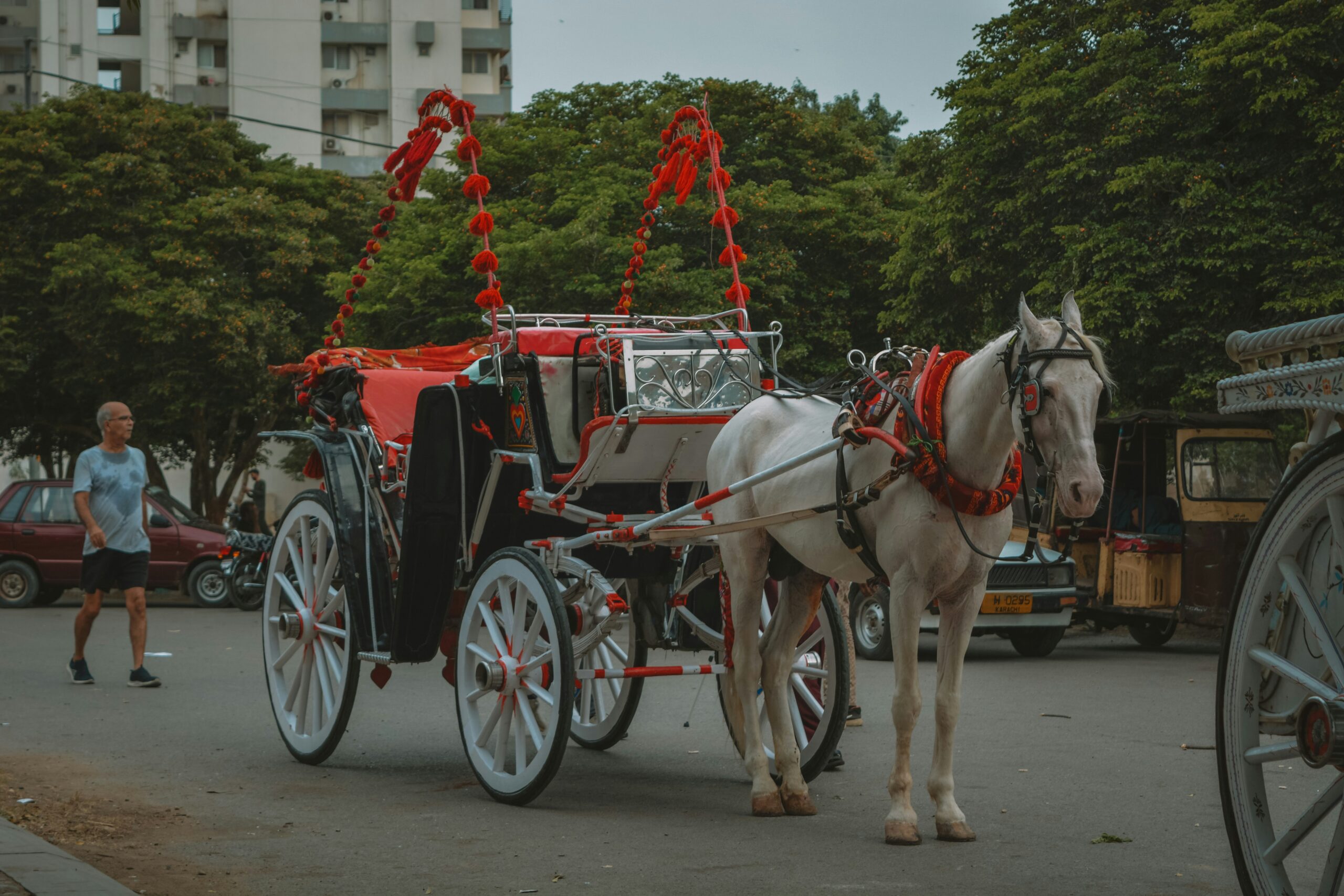Understanding the Indian Travel Ecosystem
India’s travel ecosystem is a vast and diverse landscape, reflecting the country’s rich cultural heritage and natural beauty. With its myriad of attractions, ranging from ancient monuments to breathtaking landscapes, India has become a significant destination for tourists worldwide. The travel industry in India has grown rapidly, driven by increasing domestic and international tourism.
Key Components of Indian Tourism
The Indian travel ecosystem comprises several key components. First, we have the transportation infrastructure, which includes railways, airlines, and road networks connecting urban and rural areas. This extensive system makes remote destinations accessible, promoting tourism in lesser-known regions.
Secondly, accommodations play a crucial role, with options ranging from luxury hotels to homestays. Each provides tourists with unique experiences while showcasing local culture. Additionally, local guides and travel agencies facilitate enriching experiences, offering insights into India’s history and traditions.
Challenges and Opportunities in Indian Tourism
Despite its growth, the Indian travel ecosystem faces challenges such as environmental sustainability, infrastructure development, and maintaining cultural integrity. However, these hurdles present opportunities for innovation. Embracing eco-tourism and promoting responsible travel practices can help preserve India’s natural and cultural landscapes.
As we navigate this ever-evolving landscape, understanding the dynamics of the Indian travel ecosystem becomes essential. By fostering sustainable practices and enhancing infrastructure, India can continue to attract millions of visitors while preserving its heritage for future generations.

Leave a Reply